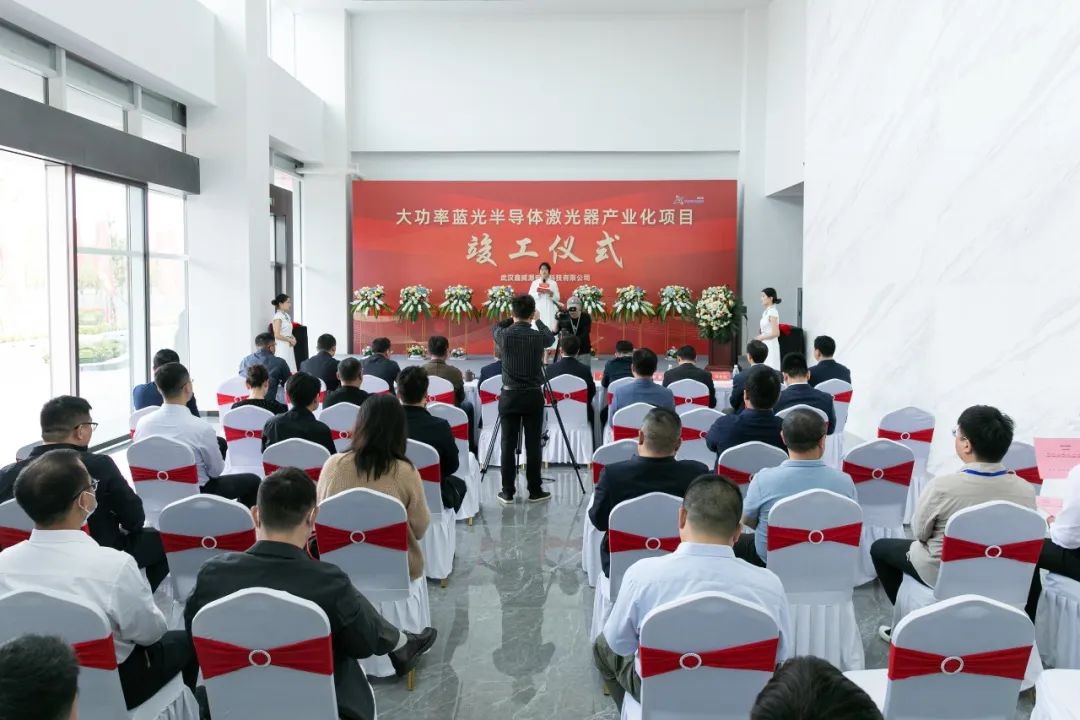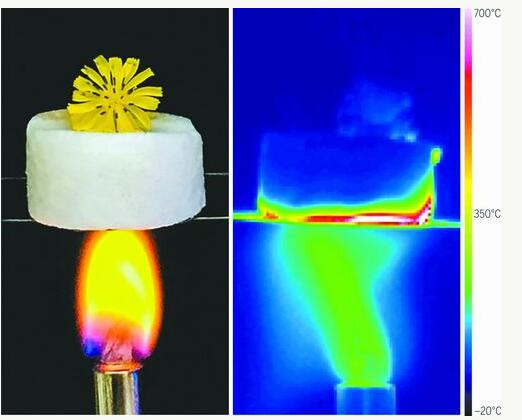|
大约五年前,美国国家航空航天局和林肯实验室创造了历史,当时月球激光通信演示(LLCD)利用脉冲激光束将绕月卫星的数据以每秒622兆比特的破纪录下载速度传输到地球,距离地球超过23.9万英里。
现在,林肯实验室的研究人员正致力于将激光激光技术应用于水下通信,从而再次开辟新的领域。“我们的水下工作和LLCD都利用非常狭窄的激光束为合作终端提供必要的能量,以实现高速率通信,”Stephen Conrad说,他是控制和自主系统工程小组的一名工作人员,他为LLCD开发了指向、获取和跟踪(PAT)算法。“在使用窄波束技术方面,海底作业和LLCD有很多相似之处。”
然而,水下激光通信(lasercom)提出了自己的一系列挑战。在海洋中,激光束受到显著的吸收和散射的阻碍,这限制了光束的传播距离和数据信号速率。为了解决这些问题,实验室正在开发窄束光通信,利用一艘水下航行器发出的光束精确地指向另一艘水下航行器的接收终端。
这种技术与更为常见的水下通信方法形成对比,后者将发射波束发送到广角,但降低了可实现的范围和数据速率。“通过展示,我们可以成功地获取和跟踪两个移动车辆之间的狭窄的光束,我们迈出了重要的一步证明实验室的可行性的方法实现海底通信是现代方法比其他更有效的10000倍,”斯科特·汉密尔顿说,光通信技术集团的领导人,这是这个研发到海底通信指挥。
大多数地面自主系统依靠GPS定位和定时数据;然而,由于GPS信号不能穿透水面,水下车辆必须找到其他方法来获取这些重要数据。“水下飞行器依靠大型昂贵的惯性导航系统来计算位置,该系统结合了加速度计、陀螺仪和罗盘数据,以及其他可用的数据流,”研究小组的Thomas Howe说。“位置计算对噪音很敏感,当车辆在水下停留很长一段时间时,它可以迅速累积数百米的误差。”
这种位置的不确定性使海底终端难以定位和建立与入射窄光束的连接。出于这个原因,“我们收购实现扫描功能,用于快速转换梁对不确定的地区,这样的同伴终端能够探测光束并积极锁定保持集中在激光通信终端的采集和通讯探测器,”研究员尼古拉斯·哈迪解释道。使用这种方法,两辆汽车可以定位,跟踪,并有效地建立一个环节,尽管每个车辆的独立运动水下。
一旦两个激光通信终端相互锁定并通信,通过在通信波形中使用宽带信令特性,就可以非常精确地确定两个车辆之间的相对位置。豪解释说,用这种方法,车辆之间的相对方位和距离可以精确地知道,在几厘米以内。为了测试他们的水下光通信能力,研究小组的6名成员最近在马萨诸塞州列克星敦市的波士顿体育俱乐部游泳池完成了一项精确光束指向和两辆移动车辆之间快速采集的演示。他们的测试证明,两艘水下潜水器可以在一秒内搜索并定位对方。一旦连接起来,这些车辆就有可能利用它们已建立的连接在一个会话中传输数百千兆字节的数据。
今年夏天,研究小组将前往区域现场,向美国海军利益相关者展示这种新型光通信能力。其中一个演示将涉及两辆汽车在海洋环境中的水下通信——类似于2016年实验室在罗德岛新港海军水下作战中心进行的测试。研究小组正在计划进行第二次演习,以演示从水面到水下飞行器的通信——这一提议此前被证明几乎是不可能的。
海底通信工作可以利用实验室其他小组进行的创新工作。例如,集成的蓝绿光电技术,包括氮化镓激光阵列和硅盖格雪崩光电二极管阵列技术,可以降低尺寸、重量和功率终端的实现,并增强通信功能。此外,在从浑浊水域的数十米到清澈海水的数百米的距离内,以每秒兆位到每秒千兆的速度传输数据的能力将使海底系统应用成为实验室正在探索的领域。在进入实验室之前和之后都对水下飞行器做了大量的工作,他说团队的工作可以改变水下通信和操作。“高速率、可靠的通信可能彻底改变水下航行器的操作,并从目前的操作方法中消除许多不确定性和压力。”
本位来自麻省理工大学官网,译文仅供参考。
原文: 
在锁定另一个激光通信终端后,远程操作车辆和水下终端发出粗采集稳定光束。林肯实验室的研究人员正在应用窄束激光技术使水下飞行器之间的通信成为可能。
Nearly five years ago, NASA and Lincoln Laboratory made history when the Lunar Laser Communication Demonstration (LLCD) used a pulsed laser beam to transmit data from a satellite orbiting the moon to Earth — more than 239,000 miles — at a record-breaking download speed of 622 megabits per second.
Now, researchers at Lincoln Laboratory are aiming to once again break new ground by applying the laser beam technology used in LLCD to underwater communications.
“Both our undersea effort and LLCD take advantage of very narrow laser beams to deliver the necessary energy to the partner terminal for high-rate communication,” says Stephen Conrad, a staff member in the Control and Autonomous Systems Engineering Group, who developed the pointing, acquisition, and tracking (PAT) algorithm for LLCD. “In regard to using narrow-beam technology, there is a great deal of similarity between the undersea effort and LLCD.”
However, undersea laser communication (lasercom) presents its own set of challenges. In the ocean, laser beams are hampered by significant absorption and scattering, which restrict both the distance the beam can travel and the data signaling rate. To address these problems, the Laboratory is developing narrow-beam optical communications that use a beam from one underwater vehicle pointed precisely at the receive terminal of a second underwater vehicle.
This technique contrasts with the more common undersea communication approach that sends the transmit beam over a wide angle but reduces the achievable range and data rate. “By demonstrating that we can successfully acquire and track narrow optical beams between two mobile vehicles, we have taken an important step toward proving the feasibility of the laboratory’s approach to achieving undersea communication that is 10,000 times more efficient than other modern approaches,” says Scott Hamilton, leader of the Optical Communications Technology Group, which is directing this R&D into undersea communication.
Most above-ground autonomous systems rely on the use of GPS for positioning and timing data; however, because GPS signals do not penetrate the surface of water, submerged vehicles must find other ways to obtain these important data. “Underwater vehicles rely on large, costly inertial navigation systems, which combine accelerometer, gyroscope, and compass data, as well as other data streams when available, to calculate position,” says Thomas Howe of the research team. “The position calculation is noise sensitive and can quickly accumulate errors of hundreds of meters when a vehicle is submerged for significant periods of time.”
This positional uncertainty can make it difficult for an undersea terminal to locate and establish a link with incoming narrow optical beams. For this reason, "We implemented an acquisition scanning function that is used to quickly translate the beam over the uncertain region so that the companion terminal is able to detect the beam and actively lock on to keep it centered on the lasercom terminal’s acquisition and communications detector," researcher Nicolas Hardy explains. Using this methodology, two vehicles can locate, track, and effectively establish a link, despite the independent movement of each vehicle underwater.
Once the two lasercom terminals have locked onto each other and are communicating, the relative position between the two vehicles can be determined very precisely by using wide bandwidth signaling features in the communications waveform. With this method, the relative bearing and range between vehicles can be known precisely, to within a few centimeters, explains Howe, who worked on the undersea vehicles’ controls.
To test their underwater optical communications capability, six members of the team recently completed a demonstration of precision beam pointing and fast acquisition between two moving vehicles in the Boston Sports Club pool in Lexington, Massachusetts. Their tests proved that two underwater vehicles could search for and locate each other in the pool within one second. Once linked, the vehicles could potentially use their established link to transmit hundreds of gigabytes of data in one session. 
Staff performed tests with the undersea optical communications system at the Boston Sports Club pool in Lexington, proving that two underwater vehicles could efficiently search and locate each other. After detecting the remote terminal’s beacon, the local terminal is able to lock on and pull into coarse track in less than one second.
Photo courtesy of the research team
This summer, the team is traveling to regional field sites to demonstrate this new optical communications capability to U.S. Navy stakeholders. One demonstration will involve underwater communications between two vehicles in an ocean environment — similar to prior testing that the Laboratory undertook at the Naval Undersea Warfare Center in Newport, Rhode Island, in 2016. The team is planning a second exercise to demonstrate communications from above the surface of the water to an underwater vehicle — a proposition that has previously proven to be nearly impossible.
The undersea communication effort could tap into innovative work conducted by other groups at the laboratory. For example, integrated blue-green optoelectronic technologies, including gallium nitride laser arrays and silicon Geiger-mode avalanche photodiode array technologies, could lead to lower size, weight, and power terminal implementation and enhanced communication functionality.
In addition, the ability to move data at megabit-to gigabit-per-second transfer rates over distances that vary from tens of meters in turbid waters to hundreds of meters in clear ocean waters will enable undersea system applications that the laboratory is exploring. Howe, who has done a significant amount of work with underwater vehicles, both before and after coming to the laboratory, says the team’s work could transform undersea communications and operations. “High-rate, reliable communications could completely change underwater vehicle operations and take a lot of the uncertainty and stress out of the current operation methods." |



 收藏
收藏 打印
打印
















































